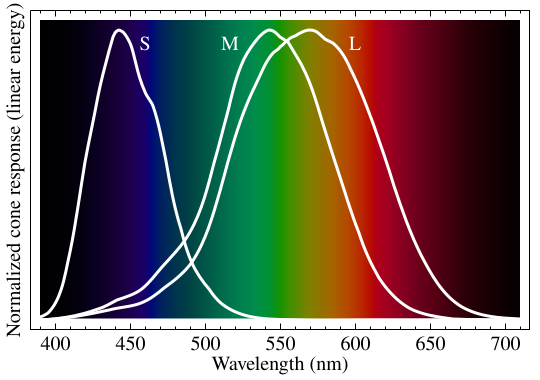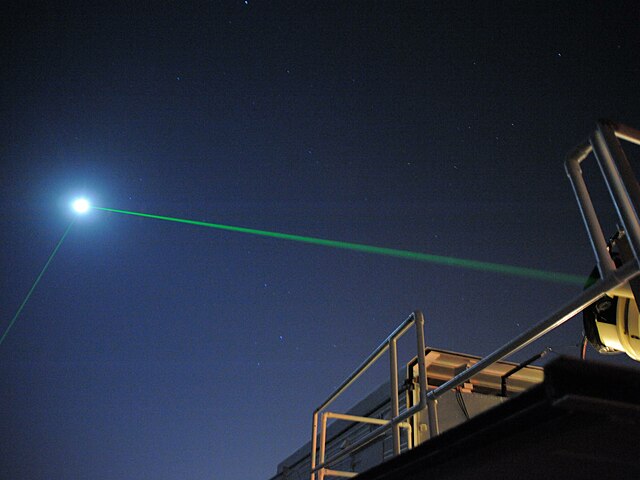Alaskan
0
- Joined
- Jan 29, 2014
- Messages
- 12,025
- Points
- 113
Months ago I asked if anyone here had a small 905 nm laser rangefinder they could try to record the IR pulse laser output from using a cell phone, no one had a rangefinder to try with. After returning from working in Iraq, I finally purchased a used rangefinder and tried to do so using my iPhone, but found the infrared output to be extremely weak due to the cameras internal IR filter which would not allow much of the invisible light to pass through to the camera sensor.


Last edited:





